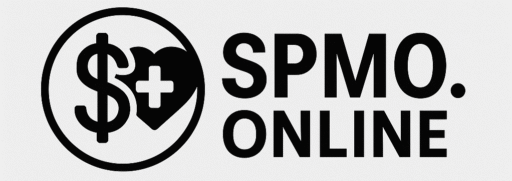Learn how to budget for healthcare costs with tips on planning, saving, and managing medical expenses to stay financially prepared and stress-free.
Understanding Healthcare Costs
Healthcare costs can vary widely depending on factors such as your age, health status, and insurance coverage. Common expenses include premiums, deductibles, copays, prescriptions, and out-of-pocket costs for services not covered by insurance. For example, a routine doctor’s visit may cost $50 with insurance, while an MRI can cost hundreds or even thousands of dollars.
To create an effective healthcare budget, start by reviewing your past medical expenses. Look at your bank statements, insurance claims, and receipts to estimate your annual healthcare costs. This will give you a baseline for how much you need to save each month.
Estimate Future Medical Needs
Think about upcoming healthcare needs like checkups, dental visits, or specialist care. If you have a chronic condition or planned procedures, include those costs too. Consider your age, family history, and lifestyle. Estimating future expenses helps you set aside the right amount monthly, reducing financial surprises and ensuring you’re covered when care is needed.
Build an Emergency Health Fund
Unexpected medical bills can be overwhelming, so it’s smart to create a health-specific emergency fund. Set aside money each month to cover deductibles, sudden treatments, or non-covered services. Even a small emergency fund can make a big difference, preventing debt and allowing you to focus on getting well instead of worrying about costs.
Choose the Right Health Insurance Plan
Not all insurance plans are equal. Compare coverage, premiums, deductibles, and out-of-pocket limits. A cheaper monthly premium may mean higher costs when you need care. Evaluate your needs and choose a plan that balances affordability with good coverage. The right plan can reduce your overall spending and improve access to necessary healthcare.
Tips for Budgeting for Healthcare
- Take Advantage of Preventive Care: Many insurance plans cover preventive services such as annual check-ups, vaccinations, and screenings at no additional cost. These services can help detect health issues early, reducing the need for costly treatments later.
- Use Health Savings Accounts (HSAs) or Flexible Spending Accounts (FSAs): These tax-advantaged accounts allow you to set aside money for medical expenses. HSAs are available to individuals with high-deductible health plans, while FSAs are typically offered through employers.
- Shop Around for Services: Prices for medical procedures and prescriptions can vary significantly between providers. Use tools like Healthcare Bluebook or GoodRx to compare costs and find the best deals.
- Negotiate Bills: If you receive a large medical bill, don’t be afraid to negotiate with the provider. Many hospitals and clinics offer payment plans or discounts for uninsured or low-income patients.
- Plan for the Unexpected: Set aside a portion of your budget for unexpected healthcare expenses, such as emergency room visits or sudden illnesses.
Real-Life Example
John, a 45-year-old teacher, was diagnosed with high blood pressure. His doctor prescribed medication that cost 50 per month and recommended regular check-ups. By budgeting $ 100 per month for healthcare, John was able to cover his medical expenses without stress. He also used his HSA to save on taxes and build a cushion for future healthcare needs.
Conclusion
Budgeting for healthcare is an essential part of financial planning. By understanding your costs, taking advantage of preventive care, and using tools like HSAs and FSAs, you can protect your health and your wallet. Start today by reviewing your past expenses and setting a realistic healthcare budget.
Planning for healthcare expenses is essential for financial peace of mind. By budgeting for routine care, emergencies, and insurance premiums, you can avoid debt and stay in control of your finances. A well-prepared healthcare budget ensures you’re ready for the unexpected while maintaining your overall financial well-being.

